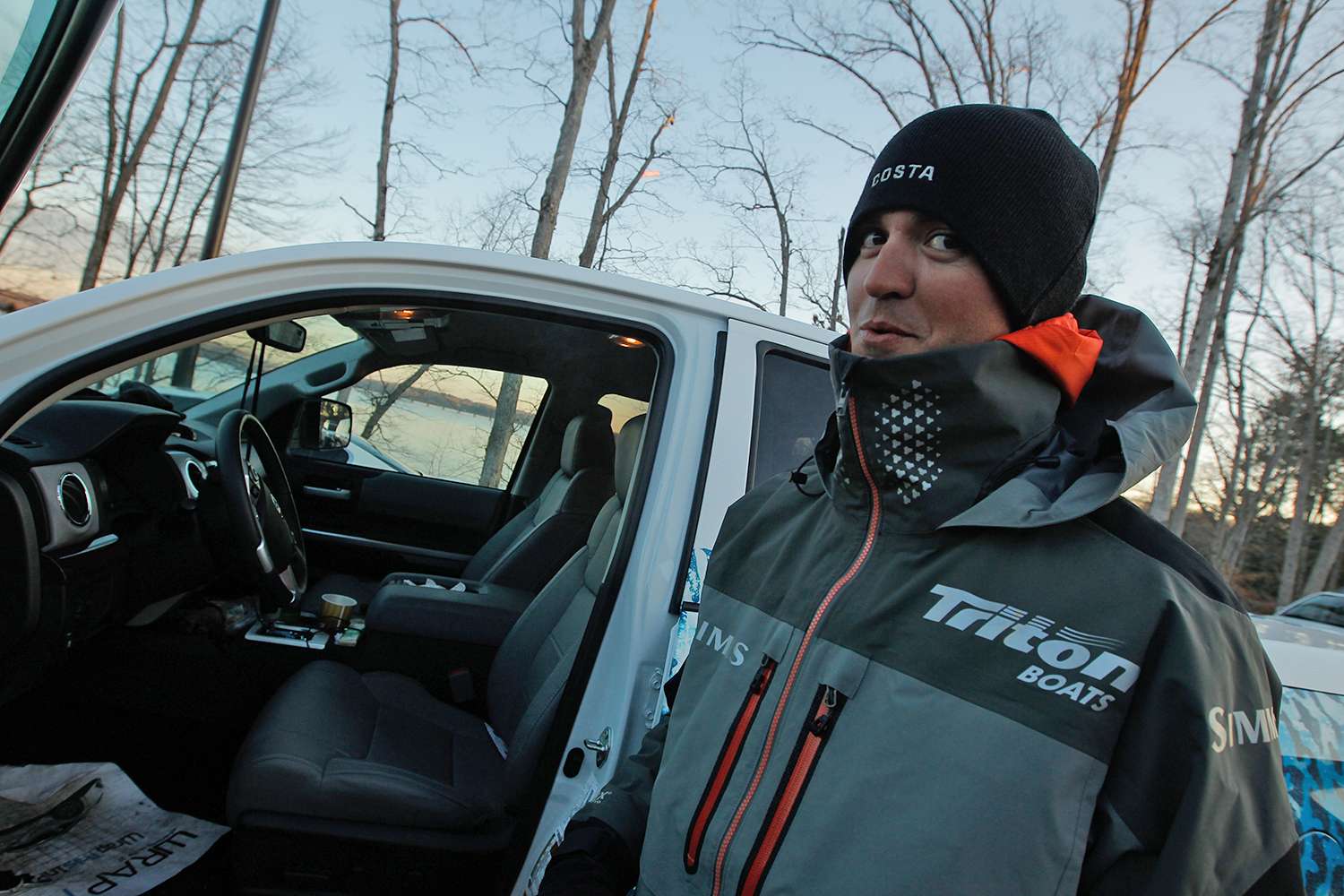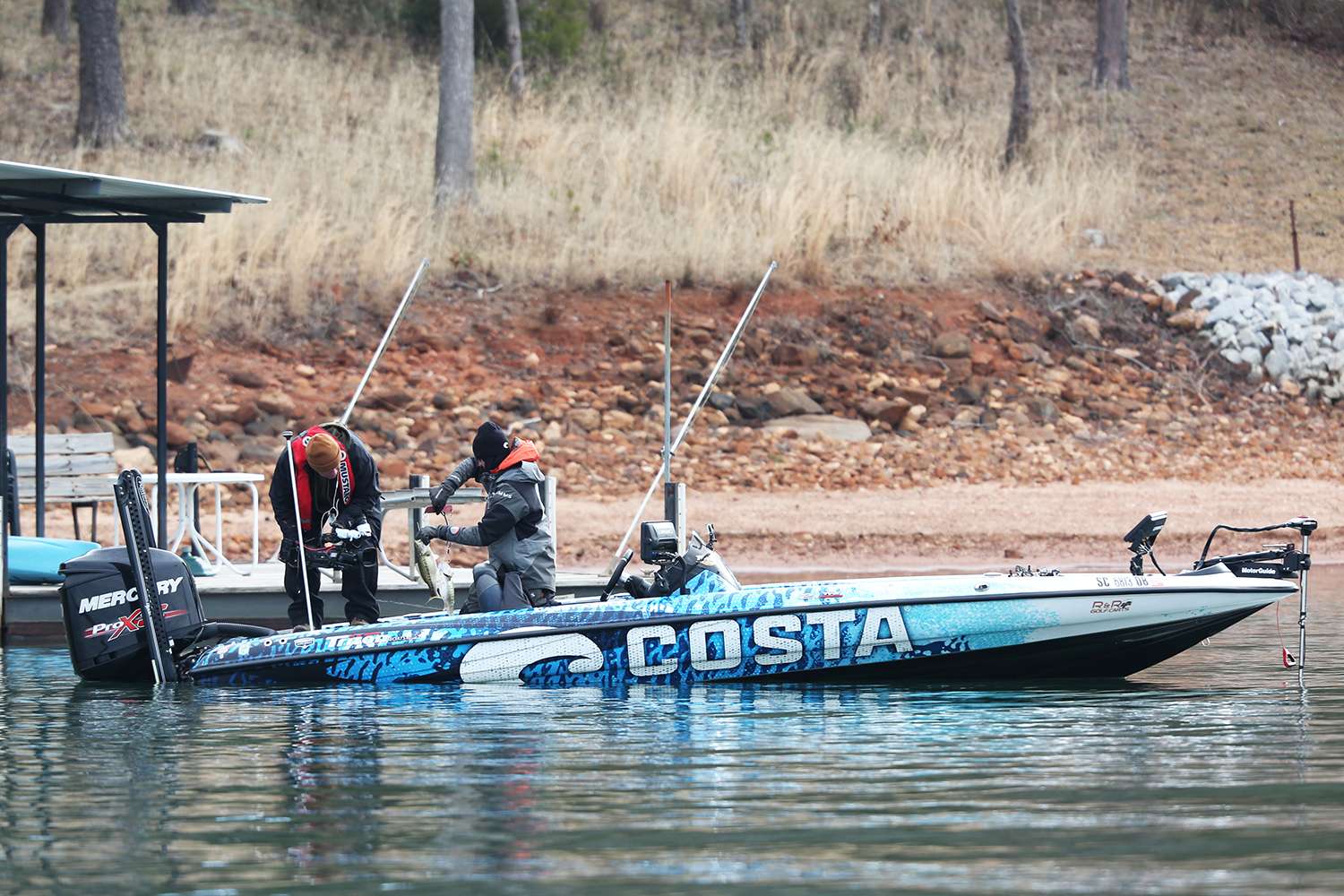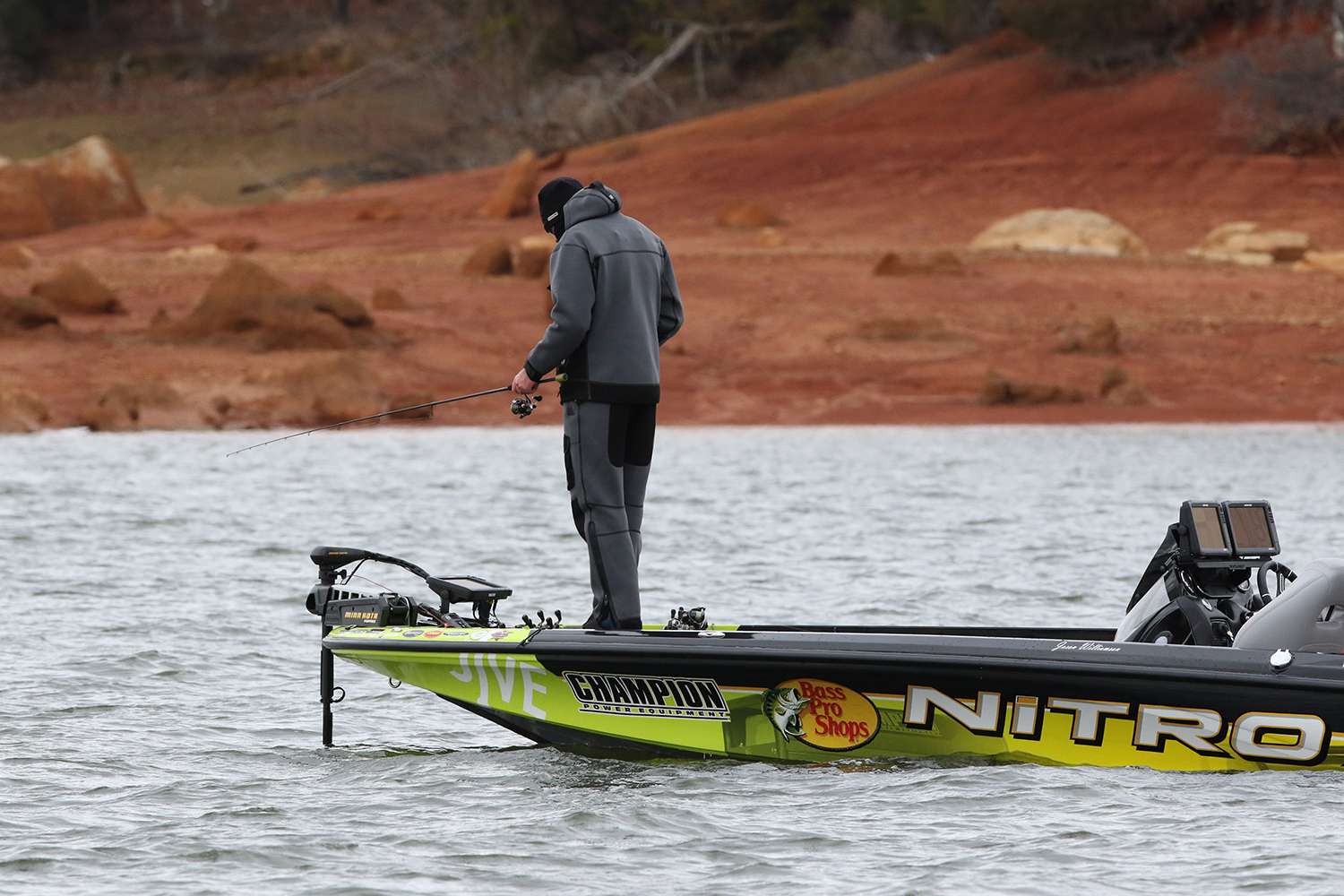
“L” IS FOR …
Visit the Roman numeral chart and you’ll find the symbol for 50 is “L.” Lots of likable language we could toss around for the half century anniversary of B.A.S.S., but we thought we’d leverage the alliteration to highlight several key elements of the 2018 GEICO Bassmaster Classic presented by DICK’S Sporting Goods on Lake Hartwell.
Leaping right in, let’s look at this list.
Last time: Suffice it to say that 2015 saw local fave Casey Ashley win on a different Hartwell. The late-February event — one of the coldest Classics on record — saw a mostly deep, offshore event yield the winning weight to Ashley’s underspin.
A good showing, but it’s going to be a different scene this time around. For one thing, we’ll arrive about a month later; a fact that could dramatically vary the Classic’s weather patterns. While March could still see some mighty cold weather, it may also gift competitors with a prespawn-prompting warmup.
“We’re in that time of year when it could be snowing, or it could be 70 degrees after being in the 60s the previous five days and the fish are headed to the bank,” said Classic qualifier Jason Williamson, who lives about two hours from Hartwell in Wagener, S.C.
Ask Ashley his preference and he won’t hesitate to say he’d gladly take another round of bundling up and picking away at well-hidden offshore fish. Is that his prediction? Probably not.
“When fish are deep and it’s really cold, it’s hard for other competitors to find them, so that played into my hands (in 2015),” Ashley said. “This year, I expect the fish to be shallower. When they get shallow, these guys are so good, they’re going to find them, and it becomes a slugfest at that point.”
Beyond the meteorological outlook, another significant variable leads us to our second point.

Lake level: At this writing, Hartwell is about 10 feet below normal pool, and Ashley said he’s not looking for a significant rise, unless the next month and a half delivers significant precipitation. Should that happen, all that bank grass that sprouted on the exposed bottom could come into play.
“If something big happens, like we get a lot of rain or a big snow, it could come up some, and if I comes up 4 to 5 feet, then it’s going to start getting into that shoreline stuff that’s grown up over the summer,” Ashley said. “Fish really like to relate to that flooded cover. But I do not think Hartwell will get to full pool; it would be a 100-year flood if that happens.”
A low Hartwell will be a stingy Hartwell, as the fish gravitate to what Ashley described as “old stuff that nobody’s seen for a long time.” That means pre-impoundment stumps, trees, creek channel turns — the kind of targets you have to know are there. (Spoiler alert: Local knowledge ahead.)
“I think, that if the lake does come up, all that new growth will make the Classic a better tournament,” Williamson said. “If the water stays low, it will still be good, but I would like to see the lake level rise as high as we could possibly get it. I think that will even the playing field for everyone; I think the fishing would be better.”

“I’d like for the water level and the temperature to be steadily rising and for the fish to be wanting to pull up,” Williamson continues. “Not only would that work out for me, but it will show Lake Hartwell’s true colors and the weights will be higher. It’s a really big lake with a lot of different structure — standing timber, cane piles, rock, docks — and if the lake is full or at least higher, all that stuff has potential.”
Considering the big picture, Williamson said he believes a shallow shootout with mild weather would also create a more fan-friendly Classic with comfortable conditions for takeoff and on-the-water spectating.
“I just know that, if it’s warm and the fish are biting, people can get out on the water and watch us; they can get out and go to the Expo,” he said. “I just think that if it’s warm and the water’s rising, it will be a great Classic all the way around.”
Local knowledge: Williamson and, to a greater degree, Ashley will arrive at Hartwell with solid historical references borne of many visits over many years. They both agree that strategies and outcomes depend largely on what the weather serves up.
If the water remains low and the weather favors winter’s harshness, Ashley believes that those familiar with Hartwell’s honey holes will have the distinct advantage of accessing a long list of the sneaky spots that others may or may not find.
“When the water’s low and the weather is cold and nasty, that’s when local knowledge comes into play,” Ashley said. “But if the water comes up and the weather gets warm, local knowledge goes out the window.”
Williamson agrees, but points to another possible scenario; one that could make this 56,000-acre Savannah River reservoir fish uncomfortably small.
“The one thing you don’t want is for the water to be falling that time of year,” he said. “When it starts dropping, instead of getting up on the bank, the fish will stay out and suspend.”
Likely Lures: Pretty straightforward stuff — if the tournament sees a shoreward move, Williamson would expect shallow crankbaits, spinnerbaits and wacky-rigged worms to play. He’s not looking for any sight fishing opportunities — probably still too early, even with a warm up. But covering water to locate prewpawners willing to chase down moving baits is a solid possibility.
Offshore, you can’t rule out the underspins that delivered Ashley’s Classic win three years ago. Add to that your shaky heads, football jigs, deep diving crankbaits, jerkbaits and dropshots for thorough coverage. Favoring the latter, Williamson said he’ll monitor fish positioning and tweak his rig accordingly.
“My standard drop-shot leader length is 12 inches and then I will adjust if I feel the need depending on how the fish are relating to the cover,” he said.
Light Line: Exactly where that combination of weather and water level leads the Classic competitors will play a big role in bait selection, as well as rigging decisions.
“The main body of Lake Hartwell is normally always clear, even in the pockets; so regardless of depth, if I’m fishing the main body light line will be key,” Williamson said. “I like 6- to 8-pound Gamma fluorocarbon; however, if I’m up one of the rivers or creek arms where there is some stained water, line size is not as critical.”
No doubt, many question marks still remain for the 2018 Classic, but whether the fish are lethargic or lively, this field of 52 accomplished anglers are sure to put on a show worth watching.

